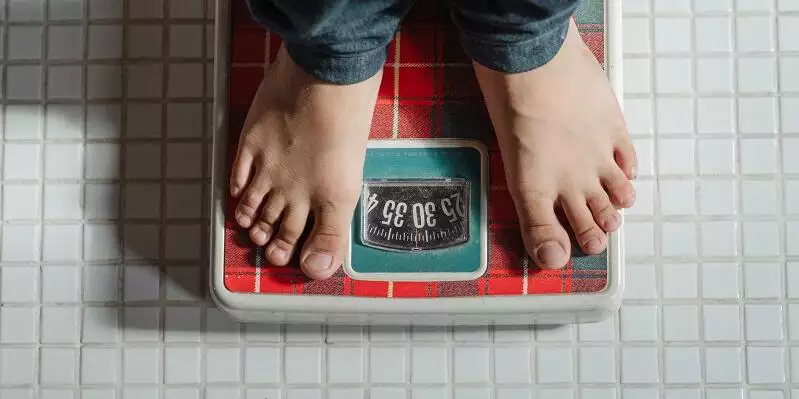Is it just me or is the whole world suddenly exercising?
I am a regular, plodding jogger: 5 km a day. Every day I see the same regular faces – like the woman who power walks with her umbrella in hand (just in case) and the man who reads his newspaper as he strolls along. But recently the numbers of joggers, walkers, cyclists, scooter riders and dog walkers have multiplied exponentially.
Everyone is exercising, and it’s not hard to guess why. Dealing with a global pandemic is challenging – there is only so much time you can spend inside your own four walls. But more so, in one fell swoop, COVID-19 has inexorably exorcised the ‘I’m too busy’ excuse.
Maybe you too were a member of the I’m too Busy Club? You know, that elite group of busy people with lots on their plate, lots of people wanting a piece of them, lots of projects on the go, lots of work and lots of places they needed to be? Club membership allowed you to feel busy, to look busy and to talk a lot about being busy.
But like many other communal hangouts, the Busy Club is currently closed. For many of us, gone is the daily commute. Gone is the quick morning social chit chat with colleagues. Gone is the rushed mid-morning coffee run. Gone is the lunchtime dash to the supermarket to pick up dinner ingredients. Gone is the sprint home from work to collect the kids only to drive them to football, swimming, gym and baseball training. Gone are the ceaseless weekend children’s birthday parties. Gone are the trips between music lessons, ballet, swimming, language classes, karate, Irish dancing, cattle wrangling and goat tying. Gone is the constant rush. Gone is the pace. Gone is the busy-ness.
Covid-19 has allowed us to hit the pause button on our busy lifestyles, and for that, it is a blessing. Because being busy is not a badge of honor. It is an illness – Scottish medical researchers have found that people are becoming increasingly forgetful as a result of modern hectic lifestyles and information overload and have labelled the condition “Busy Lifestyle Syndrome” (‘BLS’).
Now is absolutely the perfect time to kick BLS in the butt once and for all by creating some new habits to take into a post COVID-19 world. Start with these five simple steps:
- Focus on the four costs: for every activity you perform, there are four potential time costs:
- financial cost – your time is money
- opportunity cost – there will always be something else you could have done with that time
- emotional cost – how do/ will I feel about this use of time?
- physical cost – did that activity (or lack of activity) make for pain?
- Select: identify which cost resonates with you most.
- Rank your activities:Write a list of everything that you ‘used’ to do that made for such a busy lifestyle. With your selected cost lens in mind (eg., opportunity cost – what else could I be doing with my time?), work through the list and rank each activity from 1 to 10 (1 being I really do not enjoy this, it’s not the best use of my time and 10 being I love this so much, I could not live without it!).
- Reject:For any activity that scores a 5 or less, it’s time to let this task go. It is not something you enjoy, it is making you too busy, and there are activities and people you would rather spend your time with.
- Prioritize: For activities that score a 6 or 7, schedule time into your calendar to do these activities occasionally. For those with an 8, 9, 10 – make lots of time for these!
Today, as you head out for yet another walk take the time to reflect on what is really most important to you. Do you really want to return to a constant state of busy-ness? Probably not. It’s pretty simple – when we come out the other side of this thing, don’t renew your membership to the Busy Club, it’s not worth the price.





